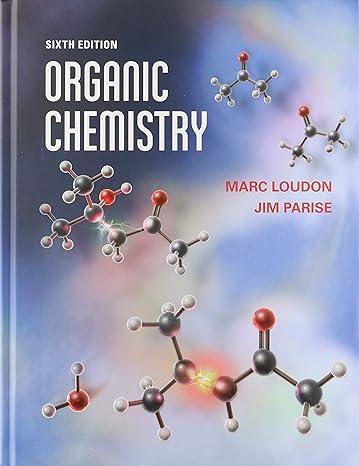Because the radioactive isotope carbon-14 is used at very low (tracer) levels, its presence cannot be detected
Question:
Because the radioactive isotope carbon-14 is used at very low (“tracer”) levels, its presence cannot be detected by spectroscopy. It is generally detected by counting its radioactive decay in a device called a scintillation counter.
The location of carbon-14 in a chemical compound must be determined by carrying out chemical degradations, isolating the resulting fragments that represent different carbons in the molecule, and counting them.
A well-known biologist, Fizzi O. Logicle, has purchased a sample of phenylacetic acid (PhCH2CO2H) advertised to be labeled with the radioactive isotope carbon-14 only at the carbonyl carbon. Before using this compound in experiments designed to test a promising theory of biosynthesis, she has wisely decided to be sure that the radiolabel is located only at the carbonyl carbon as claimed. Knowing your expertise in organic chemistry, she has asked that you devise a way to determine what fraction of the 14C is at the carbonyl carbon and what fraction is elsewhere in the molecule. Outline a reaction scheme that could be used to make this determination.
Step by Step Answer:






